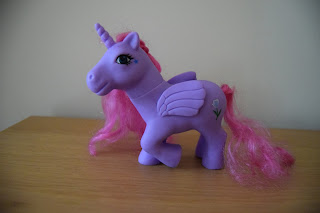Deconstruction- Titles of Films
The title of a film is so important. Everyone says 'don't judge a book by its cover' but if a film doesn't have a title that grips you when you first read it then the chances are you might not want to watch it. A title should grab the audiences attention and also give a clue as to what the film is going to be about, without giving away too much or revealing the plot of the film.
An effective film title is usually short and snappy; you rarely come across film titles which are sentences or more than 5 words long. Different genres usually steer towards different trends of film names. For example, Horror often uses single words whereas a romcom may use a phrase which. Here are some film titles that I picked out to look at.
'The Orphanage' is referring to one of the locations in the film. An orphan is usually related to abandonment and loneliness and so an orphanage is just a building or room in which all these children who have been left are living together; a collection of alone children and also the perfect place for a lot of vulnerable targets. Putting the 'The' before orphanage also makes it seem like it's the only one which puts it in solitude.
'The Cell' is another example of a film following the two-word rule and again the first word is 'The'. Cell also could have two meanings; cell as in part of the body or cell as in a prison cell. This creates an enigma and leaves the title open to interpretation. Given the fact that it's a psychological horror, either concept could work. However the plot of this film is about a woman who's mind allows her to enter into the minds of others so the cells of the brain are intruded and the mind could also be thought of like a secluded prison cell in which this woman has entered. It's therefore down to the audience to watch the film to gain a further understanding and clarification as to the true meaning.
'Honeymoon' follows the single world rule and it has connotations with weddings and love. Therefore because of its given genre (horror) the audience can immediately tell that there is going to be a juxtaposition between love and the horrible murders that undoubtedly occur. Generally honeymoons are quite an enjoyable time and the audience can tell that it's going to be completely ruined.
I then looked at the opposite end of the spectrum; a romcom, 'How to Lose a Guy in 10 Days'. As mentioned before, romcoms often use phrases as titles instead of single words or short, snappy sentences. 'How to Lose a Guy in 10 Days' is very chic-flicky and straight away gives the audience an overall plot of the film and the events which may occur. It also sounds like an advice column which the narrative follows, again foreshadowing what is to come and giving the whole film a unique style.


























































